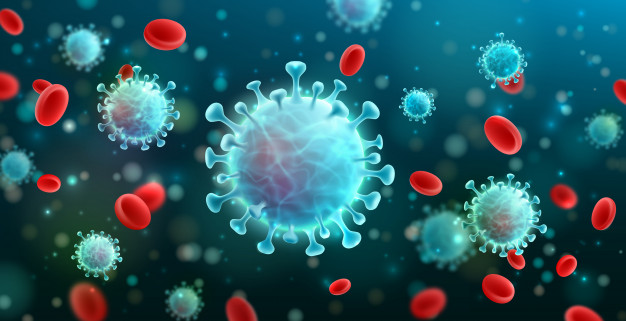
These tests show if your have antibodies to the virus. If you have never been exposed, you will not have antibodies. If you have been very recently exposed, you may not yet have antibodies. If you have antibodies, you may still be infectious. If you have been sick, and recovered and been symptom free for 3-5 days, you should have antibodies and probably no longer infectious. ** This is the GOLDEN status **
(For simplicity, I am assuming 1% false positives and 1% false negatives. We can disregard the false negatives because there will be so few of them.)
The 1 % that have been infected, will show up positive. But out of the 99% that have never been infected, 1% will also show positive. (50% functional accuracy.)
At this level, the test has no predictive value for individuals, but it show how widespread the infection has been.
If that number gets to 10%, to statistics get more believable.
We now get 10% true positives and 1% false positives. So a positive result has 90% chance of being correct.
With 20% penetration, 20% true positives, 1% false positive. So 95% functional correctness.
By 50% penetration, the functional accuracy is 98.5% at it is useful for predicting the status of an individual.
To open up from the lockdown, we need at least one of the following:
Right now, we have none of these, but in most parts of the country, we have well below 1% incidence, and at this level, the hospitals can handle it. We might try gradually opening up in places like our local area, until we have 50% occupancy in the ICUs, then clamping down until we have headroom again. This will be tricky, because it takes 2-3 weeks from we make a change in procedures until we can see the effect. And if at this point, we have been sitting here for a month and gotten only to 1% incidence, it may take a year to get to even 20% incidence, which is not enough to give us herd immunity, and also is not enough time to get to a vaccine.
The "social distancing" protocols that have now been pretty uniformly adopted, aim to slow down the infection rate, so that it takes three or four days for the number of cases to double. That means that it takes a month to get from 1000 cases to a million cases, and by then, many of the early cases have healed, their hospital beds are freeing up, and an increasing percentage of the people they come in contact with have already healed and have immunity.Two weeks further in, it appears that in the places where we shut down public life early enough, we are doing much better than expected.Under these circumstances, it may take 3 to 6 months for the infection to pass through the population, but there may be ICU beds and ventilators for most of the severely ill patients, at least in the wealthier countries, so the death toll will be much lower. Just how much lower depends on many factors that we do not yet know, but for the USA, it is projected to be between 100,000 and 250,000 - compared to 3 to 6 million without these precautions.
Most places where local leadership has clamped down, it appears that we have low incidence of infections, and plenty of room in the hospitals.
Many conservativ midwestern states - and rural ares everywhere - the low population density has afforded the luxury of a late and slow ramp-up, but in those places where local leadership has taken that as a good enough reason to do nothing, we should expect a delayed but overwhelming infection rate.
So many things went wrong in the U.S.:Some of these problems turned out to be predating the Trump administration. Such as warehouses full of facemasks with dry rot and 2010 expiration dates.ventilators, portable hospital units, etc) had stopped being maintained. Some supplies had been dispersed, building leases discontinued etc. Equipment such as ventilators had not been maintained (batteries replaced, periodic functional checks etc).
- The warehouses full of supplies (face masks, disposable gowns,
(End of page)